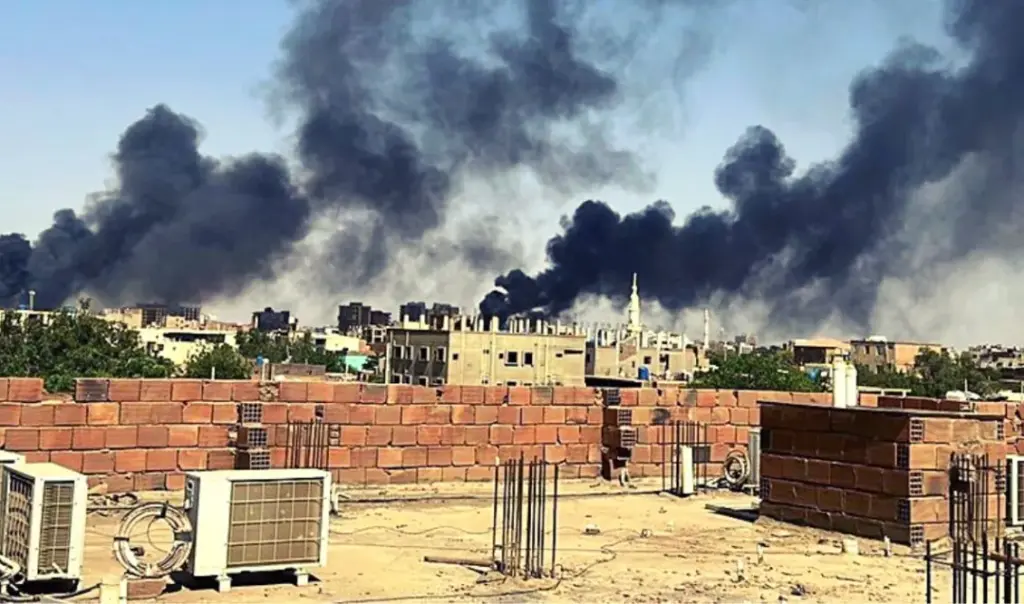2024 recorded the highest number of armed conflicts on the planet since 1946, a figure that surpassed even 2023, which was already a record year. The results from a report published Monday by the Peace Research Institute Oslo (PRIO) on armed conflicts in 2024 and the number of people killed in them are shocking. The Norwegian report highlights the risks associated with US disengagement. In 2024, 61 conflicts were recorded worldwide across 36 countries, some of which are experiencing multiple simultaneous conflicts. By comparison, these numbers were 59 and 34 respectively in 2023.
“It’s not just a peak, it’s a structural change. The world today is much more violent and much more fragmented than it was 10 years ago,” commented Siri Aas Rustad, lead editor of the research covering trends from 1946-2024. Africa remains the most affected continent with 28 state-based conflicts (involving at least one state), followed by Asia (17), the Middle East (10), Europe (3), and the Americas (2). More than half of the countries are experiencing two or more conflicts simultaneously.
Armed conflicts research: Concerns under Trump presidency
The number of conflict-related deaths remained relatively stable compared to 2023, at approximately 129,000, making 2024 the year with the fourth-highest death toll since the end of the Cold War in 1989, according to the research.
This toll is linked to the wars in Ukraine and the Gaza Strip, as well as conflicts in Ethiopia’s Tigray region.
“This is not the time for the US, or any major global power, to become inward-looking and abandon international engagement. Protectionism, in the face of increasing violence in the world, would be a major mistake with lasting consequences for human life,” stated Siri Aas Rustad, referring primarily to the “America First” policy championed by Donald Trump following his return to the White House.
“It’s wrong to believe that the world can look the other way. Whether under Donald Trump’s presidency or future governance, abandoning global solidarity would now mean abandoning the stability that the US itself helped build after 1945,” she stated.
The research is based on data collected by Sweden’s Uppsala University.




